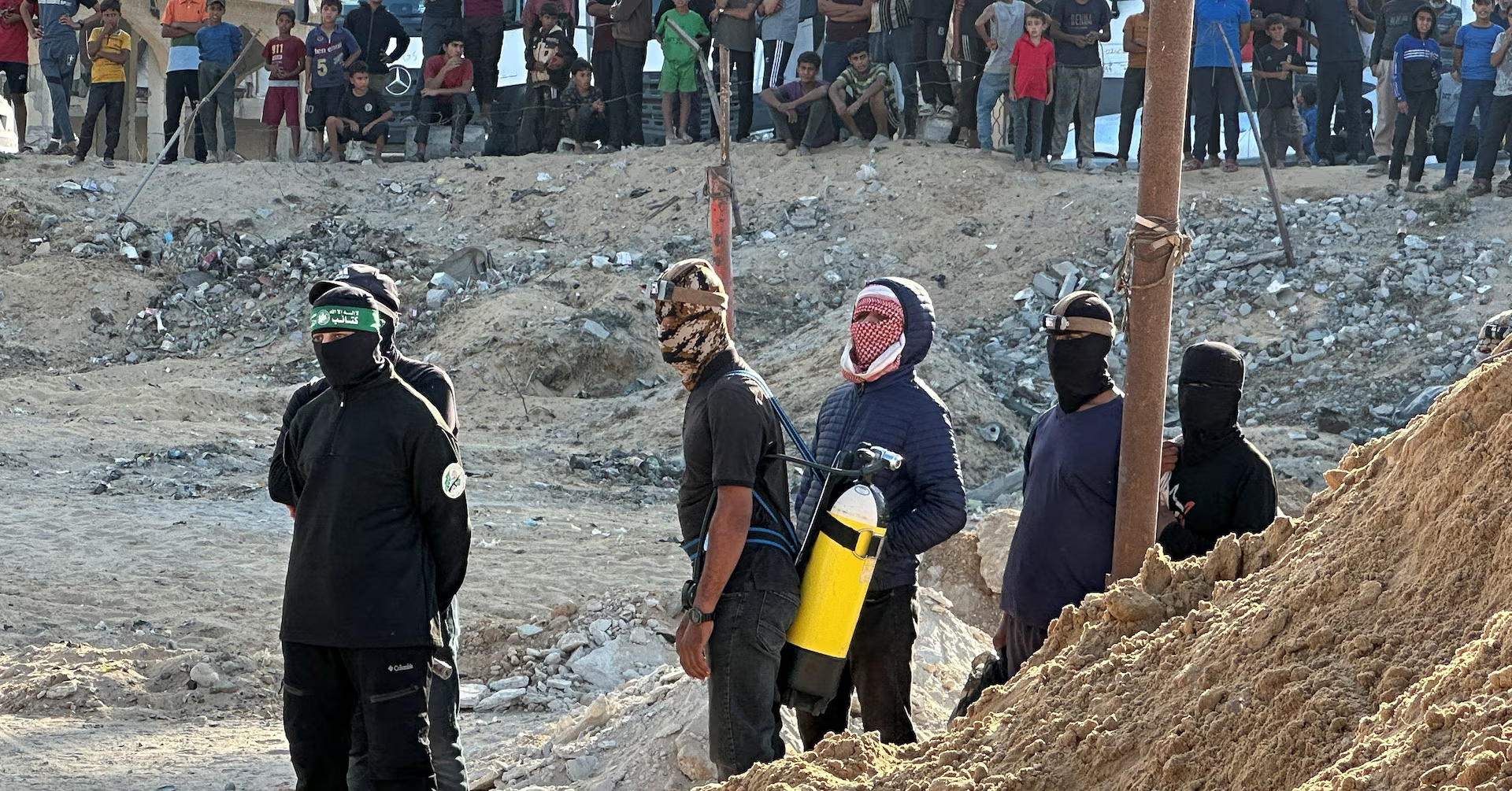Oct 28 (Reuters) – Hamas’s armed wing Al-Qassam Brigades said it would postpone the planned handover on Tuesday of the body of a missing hostage it had recovered, citing what it said were Israel’s violations of the ceasefire in Gaza.
The group…

Oct 28 (Reuters) – Hamas’s armed wing Al-Qassam Brigades said it would postpone the planned handover on Tuesday of the body of a missing hostage it had recovered, citing what it said were Israel’s violations of the ceasefire in Gaza.
The group…